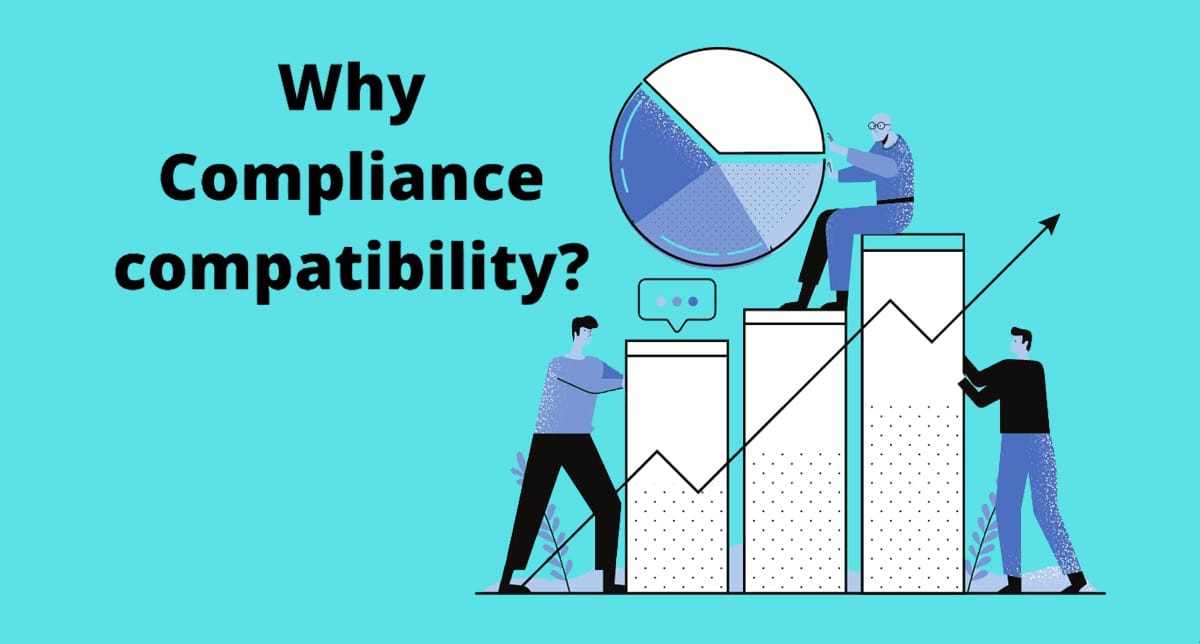Compliance regulations for financial services and institutions span a financial spectrum ranging from investment banking to retail banking practices. Governance, risk and compliance for the financial sector is crucial to safeguard to protect critical systems from failing and to protect sensitive data of both clients and employees that is often fragmented across disparate systems and locations. We’ll explore the evolution of risks and the reasons why a holistic approach is required to meet compliance regulations as well as governance and risk management.
The Dynamic Nature of Risks
There have been a number of factors influencing the evolution of banks over the years. Globalization, the accelerated growth of businesses and their supplementing technologies have all played a critical role. While rapid economic growth has been a collateral development, it has also posed a number of new risks in various ways impacting business approaches toward risk management.
For instance:
- Customer data and privacy could potentially be compromised by hackers and malicious actors with banking information digitized.
- As businesses expand, they are increasingly turning towards outsourcing as a means to cope, which means external risks from outsourcing partners.
- Consistent risk management principles have been laid out for the safety of customers and investors.
- In an attempt to make banking activities more efficient businesses will be required to facilitate just-in-time treasury and cash management which requires oversight.
- Political and economic risks all require new strategies formulated in order to tackle any threats posed by advancements in global trade.
The Need for Integrated Risk and Compliance Management
Year on year the banking sector shells out a significant sum of money in alleviating risks while consistently keeping pace with renewing regulatory and operational compliance requirements. Up until now enterprises have been going about risk and compliance management in a ‘silo’ approach.
Separate departments would be in charge of ensuring that all compliance requirements were met. As such they would be in charge of administrating governance as well as risk and compliance initiatives. Conducting these activities, which have a predisposition to be reliant on the actions of their counterparts, in isolation would ultimately burden deadlines and require twice as much effort.
In contrast to this you could consider an integrated GRC process approach that enables a unified system backing an integrated method to handling several GRC initiatives thereby boosting compliance optimization. The coordination across departments can be increased to positively impact the effectiveness of risk management.
There are a number of benefits that can arise from an integrated risk and compliance management approach that can be felt even at the grassroots level. Enabling such a strategy from a business perspective may have you posing questions along the lines of:
- Can real-time data be accessed by risk and compliance officers that can be leveraged to instigate data driven decisions?
- To what extant can compliance officers implement the integrated solution?
- Will users be able to access compliance information from a consolidated source remotely?
- Is one platform sufficient enough to tackle all risk and compliance necessities?
The Advantages to Your Business
Modern technology is yet to be used to its full potential when it comes to integrated solutions for governance, risk and compliance. This is why current risk and compliance management tactics only entail point solutions. Hurdles such as disparately functioning bank branches who are reluctant to delegate funds towards compliance upgrades all stand in the way of streamlining regulatory risk assessment. What they are overlooking is the many benefits it can have, including:
- Enhance Operational Progress: Issues can be identified and traced much more efficiently so that they can be resolved faster.
- Minimize Cost of Compliance: By combining corporate governance, risk management and compliance processes, businesses can benefit from reduced compliance expenses.
- Improve Risk-Return Consequences: The most fortunate of circumstances with any managerial undertaking can be attained with elevated transparency and visibility.
- Grow Shareholder Value: Unifying compliance and governance processes can create a better brand image and thereby boost shareholder trust.
Evaluating the benefits of risk and compliance management can illustrate why a more holistic approach has such an important effect. It can generate savings, drive productivity and help oversee your business in a much better way.
Are you considering improving compliance practices for your financial institution? The ComplyD team would be glad to help. Leverage our SAP-native data discovery and compliance enablement tool. Enjoy comprehensive visibility through a user-friendly, unified dashboard with analytics. You’ll be able to take pro-actively take steps to meet any compliance regulations for ANY industry or geography. Our scientific, robust DASH approach discovers vulnerabilities and secures and hardens your perimeter to meet compliance regulations and avoid violations. If you’d like a taste of compliance simplified for your entire enterprise, please request a demo.




